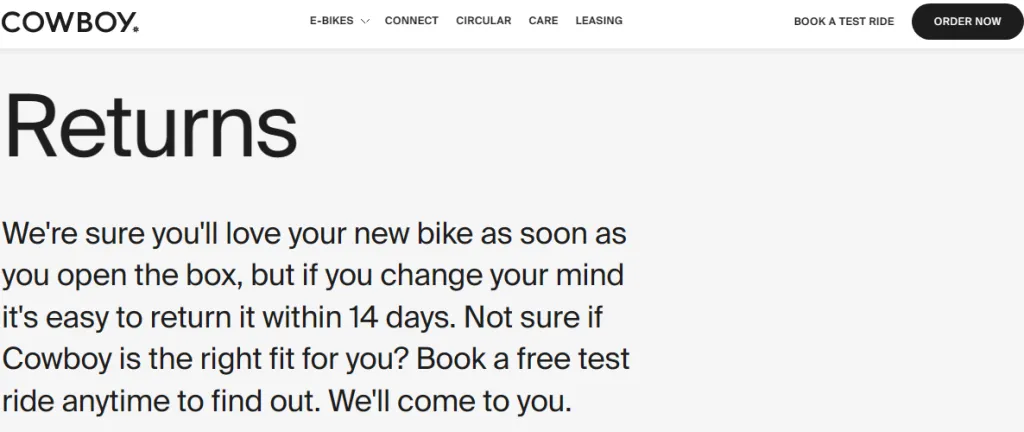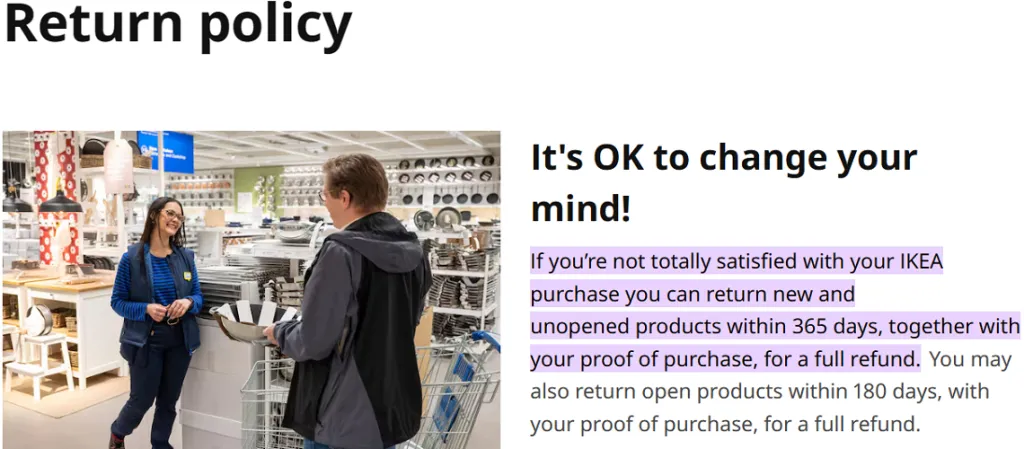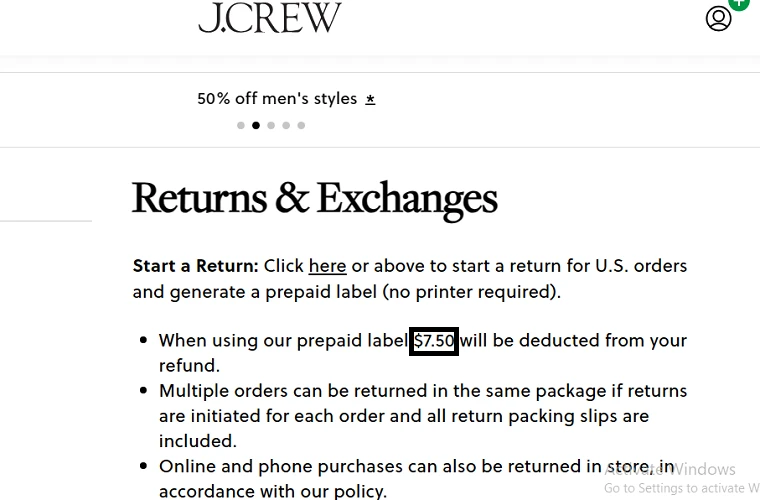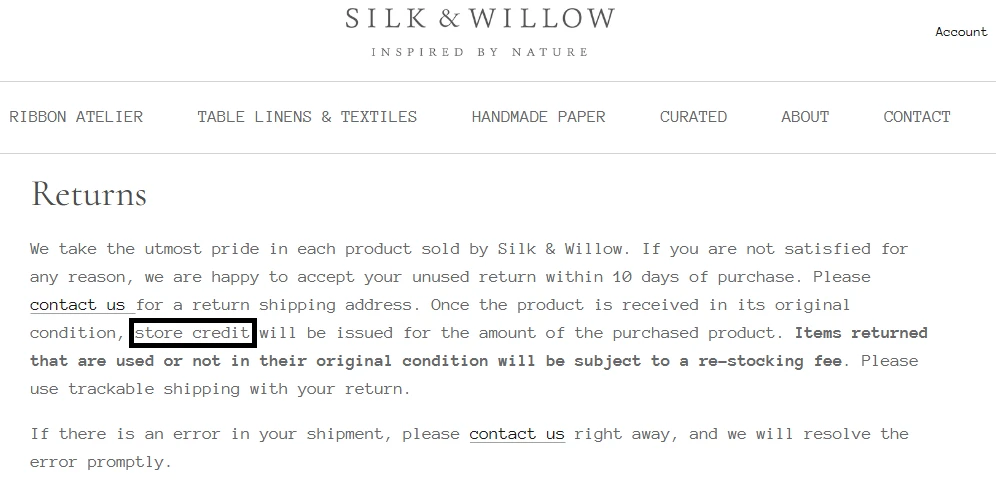As frustrating as returns can be, they’re inevitable. Customers can change their minds about products, and accepting returns is vital for a good customer experience.
However, some bad actors exploit return policies for personal gains through return scams, costing retail stores substantial losses. These scams involve manipulating the return process to receive refunds or store credit for items in dishonest ways, such as returning used goods or providing counterfeit receipts.
According to America’s National Retail Federation, retailers have lost a combined USD 101 billion to return fraud. However, there are measures you can implement to curb this threat. Here, we’ll discuss how you can protect your business by preventing retail return fraud and avoiding revenue leakage.
Table of Content
5 common types of retail return fraud
How to prevent retail return fraud
Conclusion
5 common types of retail return fraud
Several types of retail return fraud exist, but the five most common varieties that occur across retail are:
1. Wardrobing or wearing once fraud: Shoppers commit this return fraud when they return an item they had worn within an acceptable time frame after buying it. For example, a customer returning an expensive jacket after wearing it to an event.
2. Price switching fraud: This involves buying a product and switching its price tag with one from a more expensive product with the intention of returning it for a profit. For instance, buying a pair of shoes for USD 50 and slapping a USD 100 price tag on it for return.
3. Stolen goods returns: This involves stealing expensive items, such as jewelry and electronics, and returning them for a refund. Thieves often exploit store policies to get cash refunds or store credit, even when presented without valid receipts.
4. Receipt fraud: This occurs when fraudsters alter existing receipts or create fake receipts from scratch to get refunds.
5. Cross-retailer fraud: Here, a shopper will buy a discounted product at one store and return it for its full retail value at another branch within the same retail chain to avoid getting caught.
How to prevent retail return fraud
Returns and refunds are necessary to maintain customer loyalty, so it would be foolish to disallow them completely. Instead, it pays to develop a strong return fraud prevention strategy, including:
1. Integrate fraud detection software into your processes
Fraud detection software such as Sift and Kount use data analytics, machine learning, and artificial intelligence to analyze extensive transactional and customer data to detect patterns and anomalies that may indicate fraud.
Sift, for instance, prevents retail return fraud using a global data network and machine learning to stop hackers from accessing user accounts and creating fake accounts. It also uses AI to evaluate suspicious account activity and fights bot-based account attacks on your e-commerce platforms.

Fraud detection software boosts customer trust, increases fraud detection accuracy, and reduces manual review of transactions.
2. Modify your return policy (and make it accessible)
Vague and inaccessible policies can cause customers to argue outside your return terms and conditions. To prevent this, prominently display your policy at key points of sale, such as during the checkout process, on receipts, invoices, and packaging.
Your return policy must specify which items are eligible for returns, the return timeframe, and the required documents for processing the return.
For instance, Cowboy, an e-bike online retailer, provides a clear return policy stating the return duration and conditions on their website:

Such clear and accessible policies prevent miscommunication and discourage fraudulent behaviors by eliminating ignorance as an excuse.
3. Ask for receipts and ID upon each return
Asking for receipts and ID ensures that the returned item was bought from you and not stolen or purchased elsewhere. They also help to track return patterns and identify potential fraudulent behavior, such as frequent returns without proper justification.
Popular furniture and home appliances retailer Ikea offers a generous return window of up to 365 days for a full refund. However, it involves a thorough process requiring customers to provide proof of purchase, government-issued ID, and photo ID:

By balancing a flexible return window with thorough verification measures, Ikea can maintain customer satisfaction while protecting themselves from fraud.
Take a cue from Ikea and add an extra layer of verification to your refund process instead of sacrificing flexibility.
4. Deter impulse returns with fees
You can also charge a restocking fee for difficult-to-ship and expensive products like electronics and clothing. If fraudsters realize they must pay to return products, it might discourage them from scamming you.
For example, the clothing retail store J.Crew deducts USD 7.50 from customers’ refunds:

Consider implementing this policy during the holiday season, as shopping and return frauds might increase during this time. According to Statista, fraud is predicted to account for a whopping USD 24.5 billion of all USD 150 billion U.S. holiday returns.
Therefore, taking measures that reduce the likelihood of this type of fraud can help to minimize losses.
5. Always analyze historical data
Analyzing historical data helps you kill two birds with one stone. First, it helps you spot patterns and trends in fraudulent behaviors over time to enable you to mitigate future occurrences. For example, you can compare cardholder information, previous return requests, and transaction dates in your database with the information customers present during return requests.
Second, it helps uncover insights that help understand legitimate customer behavior. This allows you to tailor return policies to match their preference and offer personalized return windows based on customer loyalty levels.
Michael Osborne, CEO of Appriss Retail, a software company that helps businesses manage theft and fraud, described to CNBC how some retailers offer different return windows based on known customer history, essentially equivalent to a loyalty program status level.
This approach enables you to reward trusted customers with longer or more flexible return windows, enhancing customer satisfaction and loyalty. In contrast, fraudsters will most likely fall in the category of those with little to no return benefits.
6. Swap cash returns for opportunities
Fraudsters are more likely to pursue cash refunds rather than store credit. Offering cash alternatives ensures they spend their refunds at your store, boosting sales and limiting financial impact.
Silk and Willow, a sustainable wedding decor boutique that sells handmade and natural-dye products, offers store credit instead of cash. However, customers must return the unused product within 10 days of purchase:

Store credit aside, gift cards and like-for-like exchanges are great, too!
7. Incorporate anti-tampering tags on wearable items
Prevent retail return fraud by incorporating anti-tampering tags like the 360 ID and Alpha Shark tag. By taping a 360 ID tag around items like shoes, clothing, and accessories, customers can try them at home and return them if necessary.

The high visibility of these tags is a deterrent to customers attempting to wear items to parties or events before returning them; to wear the products out, they must remove the tags, which renders them ineligible for return.

The tags are also tamper-evident — making it clear if they have been removed or manipulated. Using these tags enhances your returns process integrity and protects your business from return fraud.
Conclusion
Aside from the financial loss, retail fraud disrupts business operations by wasting valuable time and energy spent processing fraudulent returns instead of attending to genuine customers.
Prevent scammers from exploiting your return policies by using fraud detection software to protect your business. Request receipts and IDs to process returns and incorporate anti-fraud tags in products to prevent online return fraud.
For more tips on how to streamline your business and protect against fraudulent behavior, subscribe to Chovm.com Reads.




